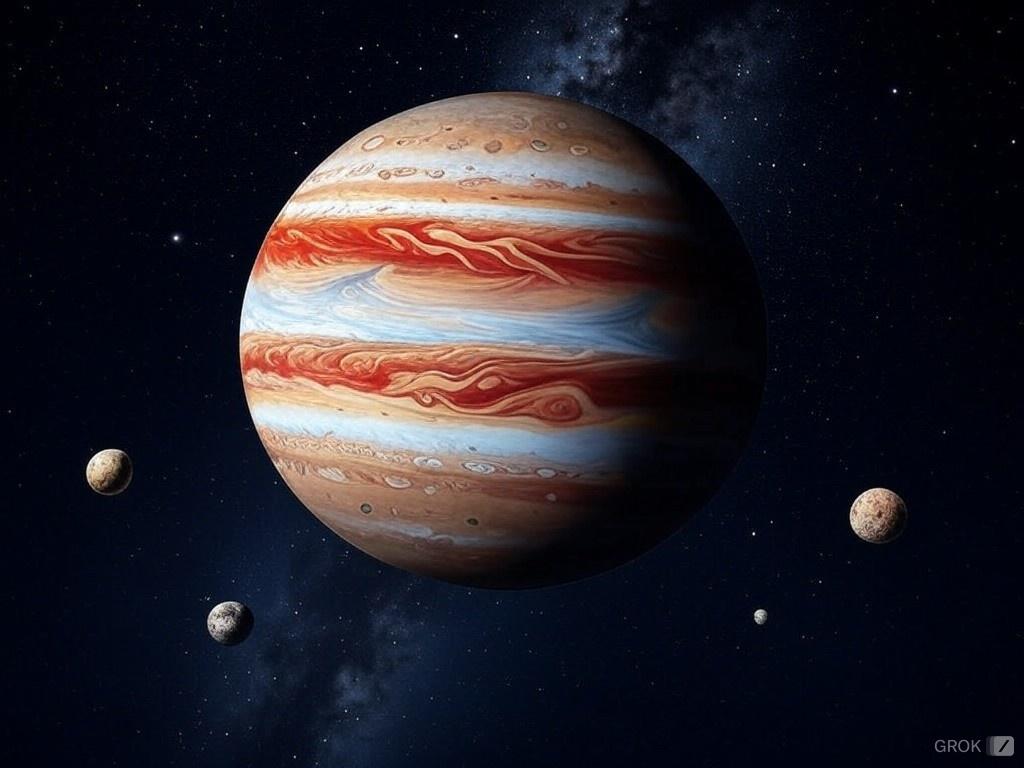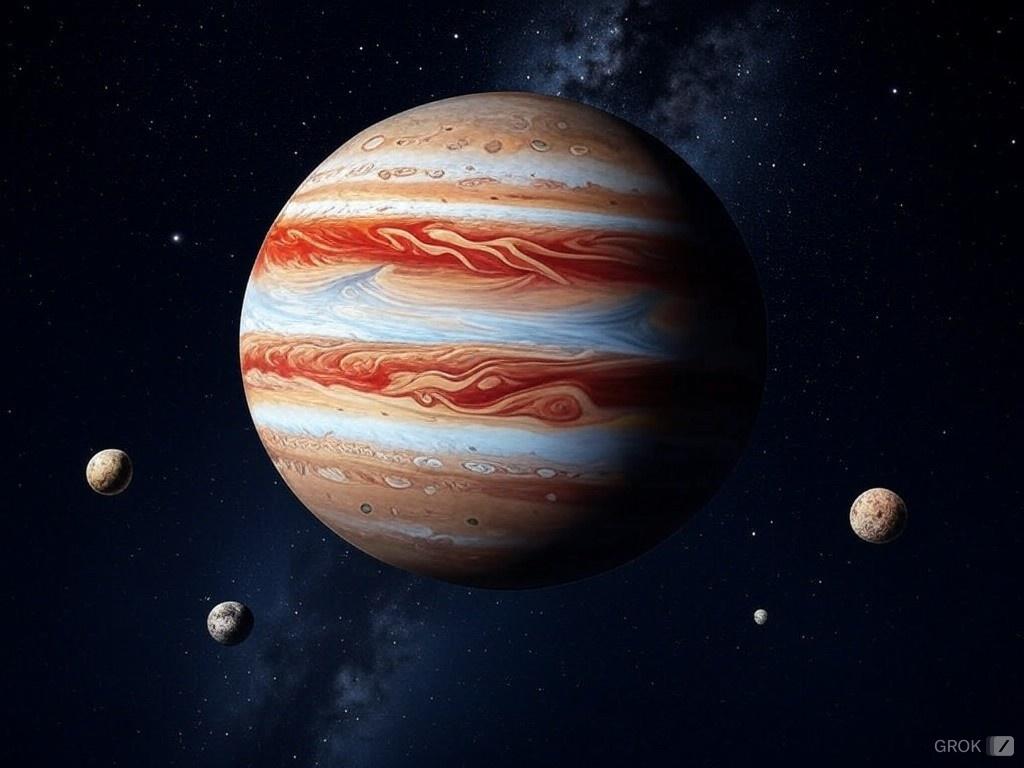J. Aaron Stanley, Composer
Celestial Orbits: A Musical Palindrome, Op. 11 for Wind Ensemble (Grade 5)
Celestial Orbits: A Musical Palindrome, Op. 11 for Wind Ensemble (Grade 5)
Couldn't load pickup availability
Celestial Orbits: A Musical Palindrome, Op. 11 for Wind Ensemble (Grade 5)
- Instrumentation: 3.2.6.3.4, 4.4.3.1.1, T+5, Cel., Cb.
- Op. 11 (2019, rev. 2021)
- Grade 5
- Duration: c. 7.5m
Celestial Orbits is a giant 7-and-a-half-minute musical palindrome (the same forwards and backwards) that evokes the movements of large celestial bodies. You can think of it as a brief tour of the solar system, beginning and ending with the blazing hot furnace of the sun, and extending to the cold, lonely outer reaches of the solar system, as if we ourselves (the listeners) are in one giant highly elliptical orbit around the sun. The challenge for the listener is to notice the "reflection point," when the music starts to flow "backwards."
I began experimenting with palindromes in my chamber piece, Chakras, which is chak-full of them (see what I did there?). That project led me to the idea of creating an entire piece that is one giant palindrome. I knew it would be a challenge, and to be quite honest, I wasn't sure at first if it would work. After all, there have been only a few musical palindromes ever written, usually by musical geniuses of far greater stature than I, and always much smaller in scope, with the exception—as I discovered after completing the work—of work by the English composer, Robert Simpson. But as I began meditating on the challenge, ideas started to present themselves, and through many focused—and sometimes frustrating—workdays, this piece emerged.
Early on, I knew I would have to think about structure in a different way, unless I wanted internal structures to also be palindromes: something like the arch form of ABCBA where each section is its own palindrome. However, I wanted to create something more sophisticated than that approach, such that the repeat of each section is the reverse of the previous, but still recognizable as a variation of it. More like ABCC'B'A'.
I also decided that a sine wave (being the mathematical graph of something that repeats regularly—an orbit, for example) would be my structural model, such that two consecutive peaks of the sine wave represent the beginning and end of the piece, like this...

As the graph demonstrates, I also carefully chose what key centers I would use. A large-scale work needs tonal variety, and in a palindrome, the modulations need to work both ways. I chose the key centers outlining an augmented triad, both because of its symmetrical structure, and because of the ability of a modulation to a mediant key to be reversed and still have a very similar sound. The horns and brass lead the shift into the new key/section each time.
My hope is that in addition to successfully creating a musical palindrome of these proportions, that listeners and performers alike will find the music compelling, fun, and interesting. I also hope the music succeeds in inspiring listeners to imagine the sheer size, magnificence, majesty, and movements of our celestial neighbors, near and far.
One final note: although in theory, a palindrome should be the same if each performer starts from the end and plays backwards through the piece, in practice I had to make some modifications for ease-of-reading and playability. Some of the percussion parts, for example, present simplified rhythms, which obscure their palindromic origins. In other places, dovetailing was used to allow two instruments to share a line. For musical reasons, notes with grace notes (or scoops) are treated as one indivisible unit, rather than a note-for-note palindrome. I also added an extra glissando for flair at the end of the work: an artistic touch that helps give a greater sense of finality. Aside from those minor qualifications, the work is a fully authentic and literal palindrome.
The 2021 revision focused primarily on orchestration and tempo adjustments, making it easier for younger ensembles, as well as a newly engraved score and parts, which all add up to a more playable and musical version of the work.
—J. Aaron Stanley, 2021
Share

